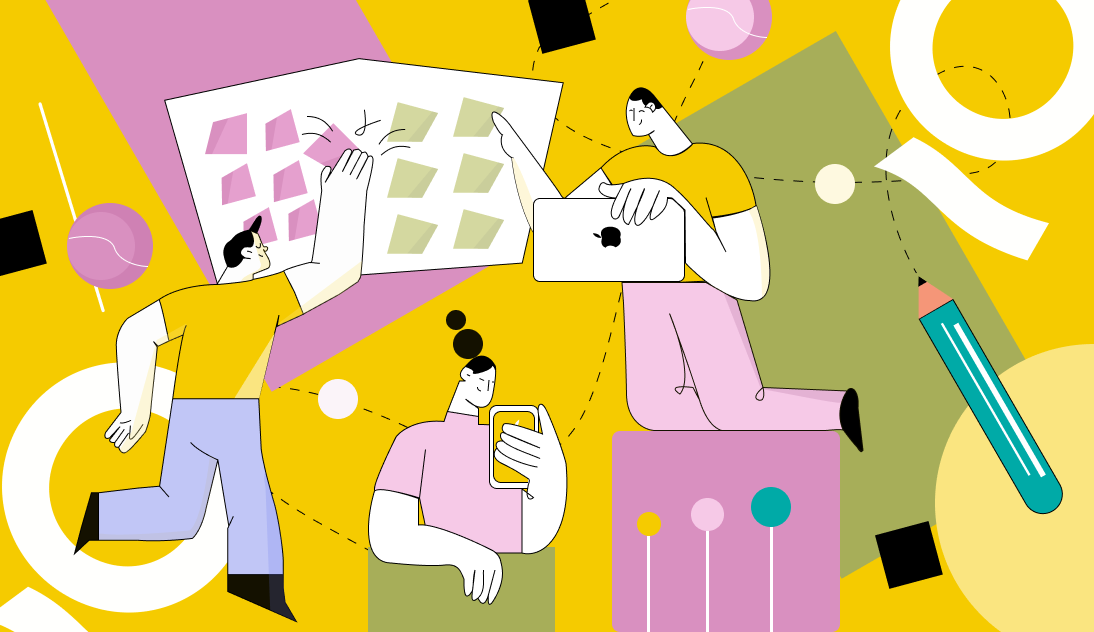Designing a product is crucial. After all, the main goal of creating it is to satisfy your customers. According to a survey, 7 out of 10 customers agree that appearance can have an impact on their choice. Hence, the visual component is a vital defining parameter in the highly competitive environment. So, to create a fantastic product, product designers identify a market opportunity and develop a solution with a set of tools. The product design process can involve UX designers, graphic designers, user behaviour researchers, marketing specialists, business analysts and so forth. Read on to know all about designing a product and its process.
What are the fundamental components of designing a product?
Product design is divided into three fundamental components, namely appearance, functionality and quality. If you want to create a successful product, you will have to work on all the mentioned points. It can be made to look modern to be attractive to the user. Furthermore, it must function as per the expectations of the customers. Moreover, its quality plays a huge role in the performance.
What are the requirements for designing a product?
Designing a product entirely depends upon the target audience. Although you might have designed for the widest possible audience, it can be impossible to determine who will utilize the product. So, in this scenario, the requirements are blurry. For instance, a product like software or an application must be compatible with the latest operating system and work swiftly. When you design it, you must be certain of the customer requirements. Generally, the development company submits wireframes of possible designs and allows the customer to choose from among a variety of options.
What are the steps of the product design process?
A series of steps are involved when it comes to designing it. Some of them are listed below.
- Brainstorming: Brainstorming is the first step of designing a product, and it appeared in the United States of America in 1953. This step consists of three phases like defining a problem, idea generation and selection of the most viable ideas amongst the proposed. In the first phase, the problem is announced, and there is a requirement to create the right product. After the first phase of defining a problem, you can choose a number of participants to brainstorm ideas. A creative approach is involved where the quantity of ideas is important. Then, the ideas are evaluated. Well, the third stage involves selecting the most viable ideas. In this stage, appreciation and criticisms are welcome for a better product.
- Conducting the research: Market research is conducted with a properly composed customer portrait that includes marital status, gender, age, income level, needs, desires, fears, etc. If you neglect the market research step, there is a high probability that you will not please your customers.
- Sketching and prototyping: It is crucial to create sketches for a large project with a significant budget. It is a valuable activity that allows customers, engineers and others involved in the designing process to align on a vision. Then, a prototype is created, which is the skeleton of how the product will look. It can demonstrate the functionality, ways of user interaction and its basic appearance. When you create a prototype, it helps avoid errors and saves your time and money.
- Sample testing and product development: After compiling the specifications and producing factory samples, sample testing is next. Testing samples is an essential process of the product design, which can help you identify the flaws and inconsistencies. Once they are resolved, you can move on to the product development stage. At this stage, there will be a full set of technical specifications with deadlines and a budget. After the development stage, it can be shipped to the market.
Author Bio:
Alison Lurie is a farmer of words in the field of creativity. She is an experienced independent content writer with a demonstrated history of working in the writing and editing industry. She is a multi-niche content chef who loves cooking new things.
